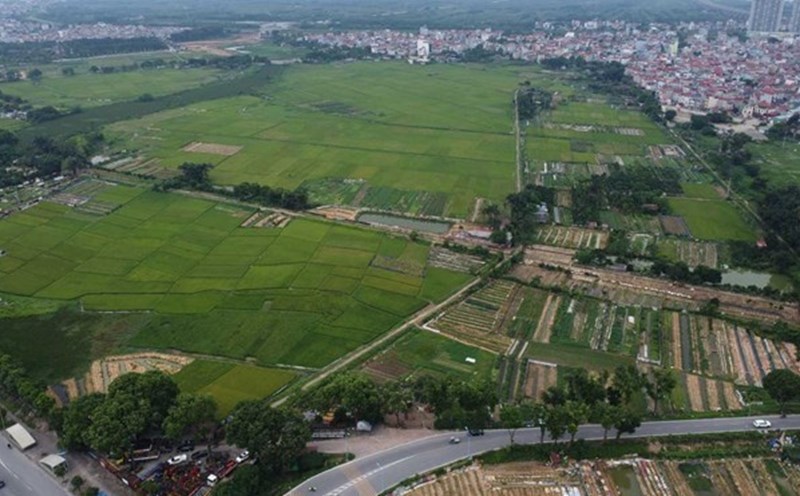According to the report on the assessment of 1 year of implementing the 2024 Land Law, the Ministry of Agriculture and Environment pointed out shortcomings in land prices.
The Land Law and its guiding documents for implementation determine financial obligations for each subject granted land use rights by the state that are applying different methods of determining land prices such as households and individuals when recognized with land use rights, changing land use purposes, allocating land with land use fees; leasing land with annual payments... then determine according to the land price list, the organization when allocated land with land use fees or leasing land rental payments at one time for the entire lease term is determined by specific land prices.
On the other hand, the most specific determination of land prices is when the surplus method is applied to assess land plots and land areas for investment projects.
With this method, the results of valuation depend on the ability to collect information, land use rights transfer price, market rental price, type, and form of business of the organization.
In fact, the land use rights market often has increased fluctuations, even sudden increases and lack of stability.
In addition, determining price fluctuations is entirely based on past data, not accurately reflecting the actual added value of land in the future.
Therefore, if this method is used to serve land price management, the land price decided by the state will depend entirely, following market fluctuations, without stopping points, and will lose the role of state ownership representative in deciding land prices and regulating the land use rights market.
Land is the input of production and business activities. If land use fees and land rents are collected at a moderate and stable level, it will have a positive impact on the production and business activities of enterprises (currently the National Assembly and the Government are having Resolutions to exempt and reduce annual land rents), attract investment and promote production and business, create other sources of income such as corporate income tax, value added tax, create jobs, increase long-term budget revenue.
Therefore, to effectively perform the role of owner representative and unify management, creating equality between land users and land prices managed by the State regardless of market fluctuations, it is necessary to unify the application of the land price list for all cases without discrimination against subjects or forms; at the same time, there should be regulations such as coefficients for adjusting land price lists and factors affecting land prices to apply the land price list for areas and locations without prices in the land price list to shorten time, promptly serve the state management of land prices and collect financial obligations of land users.
On the other hand, to promote the effectiveness of the regulation on applying the land price list to support the State in orienting, adjusting and stabilizing market land prices, it is necessary to have regulations to apply at the same time as applying the land price list, which is a regulation on adjustment rates and tax rates for types and forms of business of organizations to regulate the added value from land or when necessary to encourage investment for projects using land.











